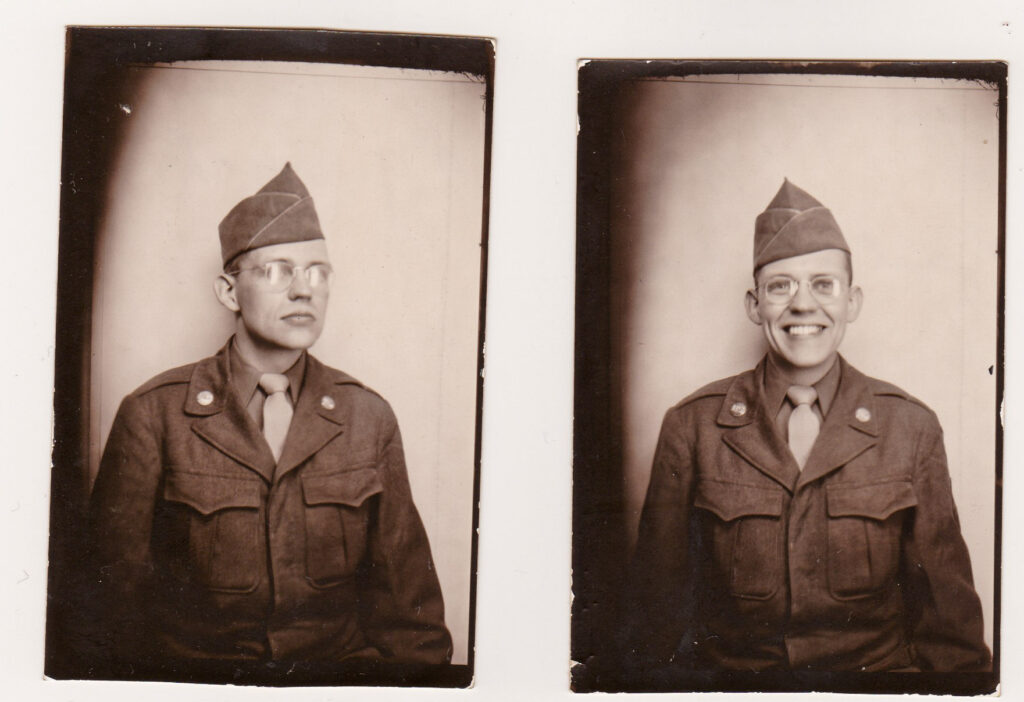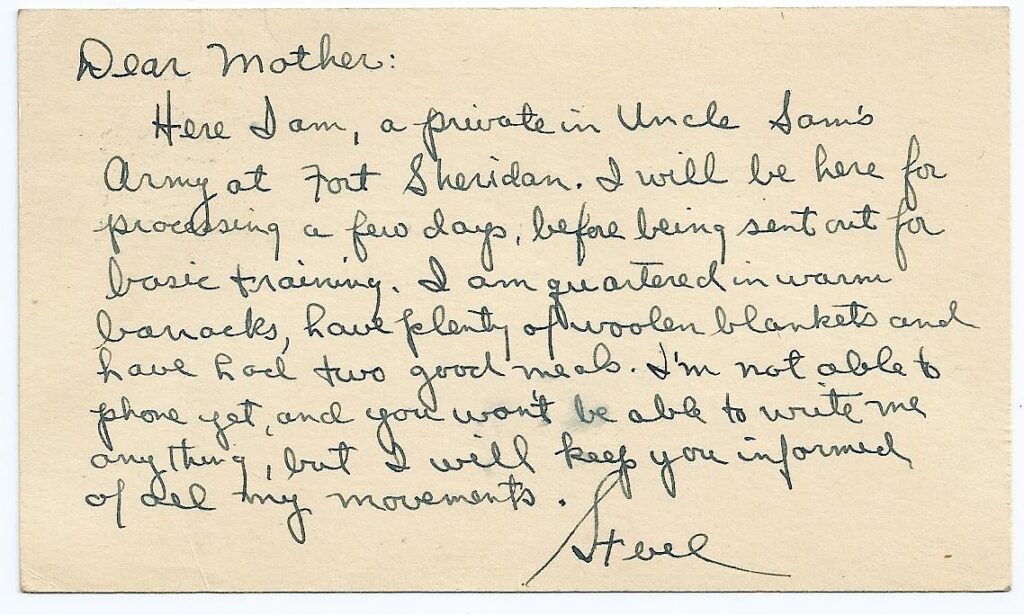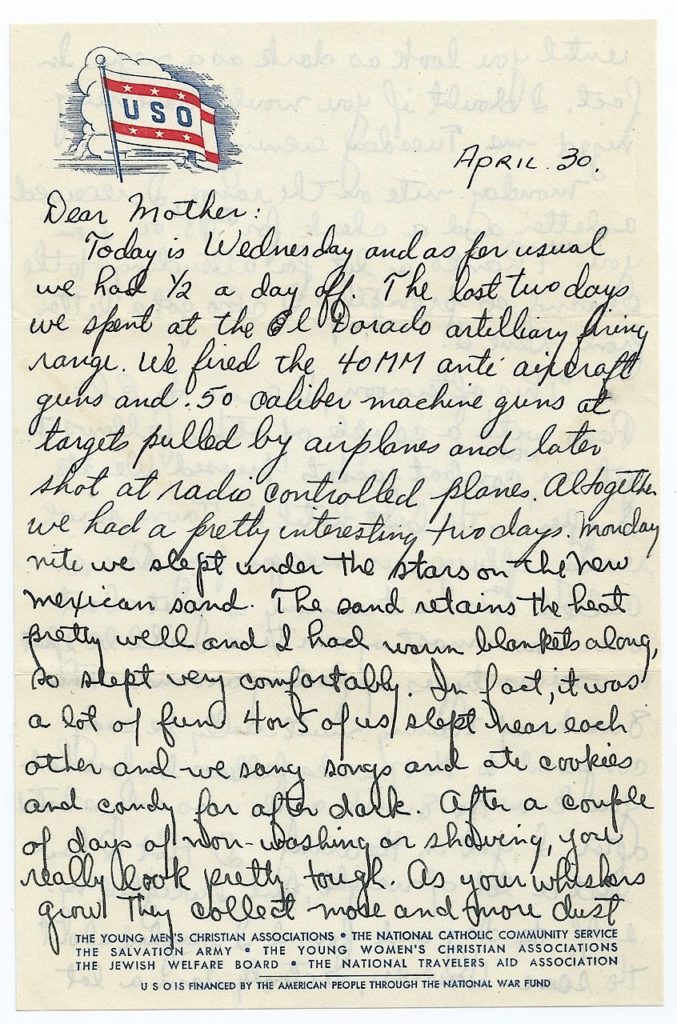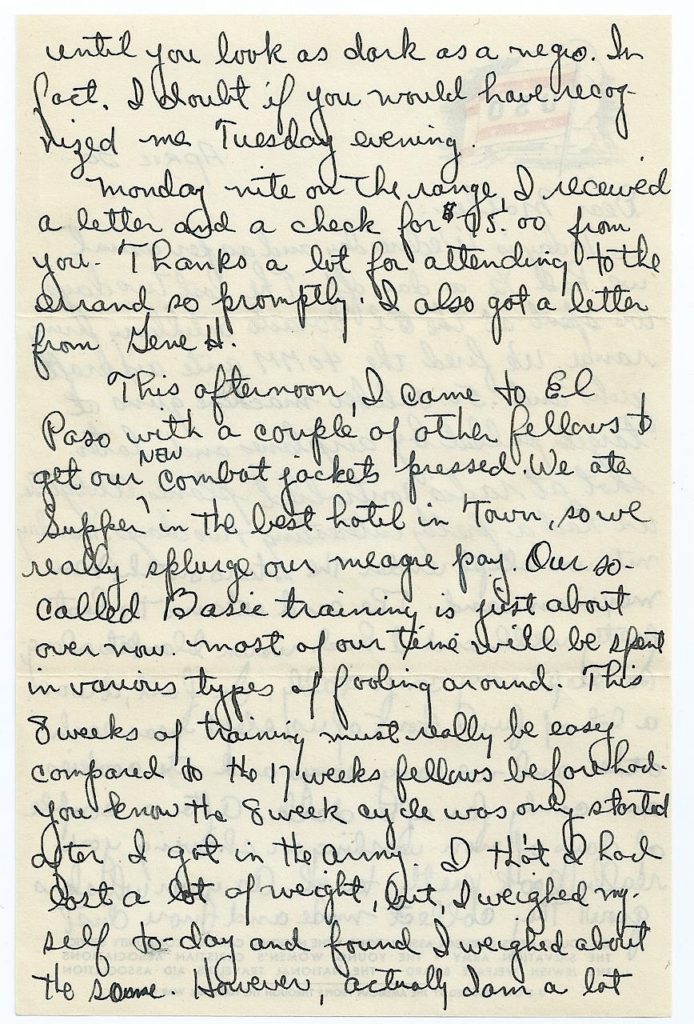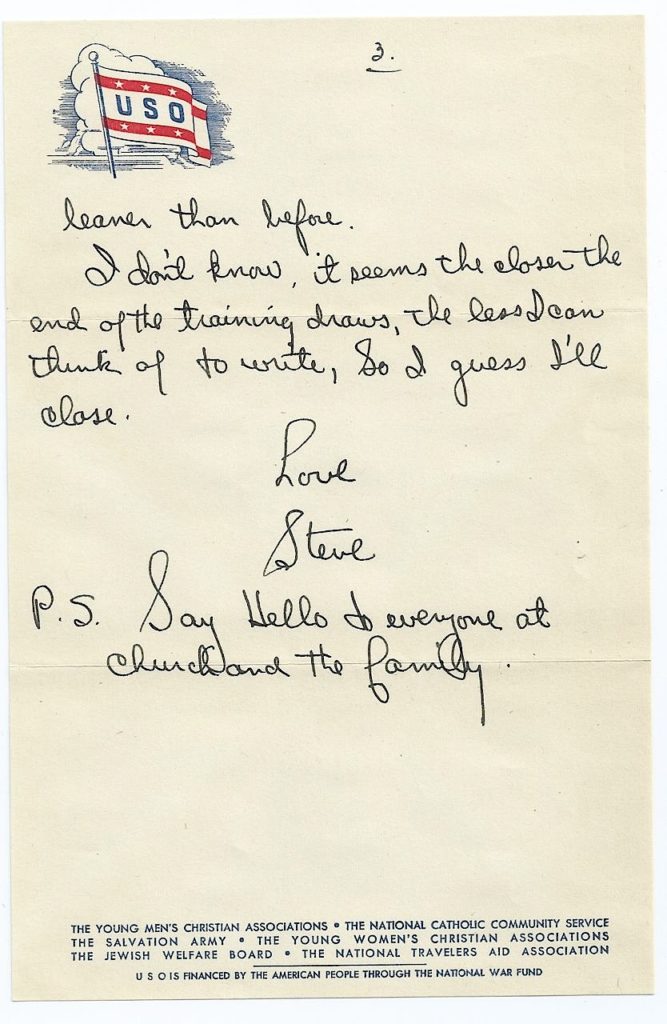
It’s been years since I paid more than passing attention to baseball, but it happened again this summer. It was a purely selfish thing: the teams that I had followed most avidly, the Cubs and the Athletics, had become perennial disappointments. In the case of the Cubs, they’re deserving objects of ridicule and a model of how weirdly wrong a franchise can go: since they play in a “destination” ballpark, the home nine’s wretched performance on the field has no bearing on the organization’s ability to pack the stands game in and game out.
The A’s case is different. Heck, there’s a book and movie out there that explains the general manager’s technique of finding undervalued talent, and he is well known for putting together a roster of kids and cast-offs who win more games than anyone would expect. A less celebrated side of the A’s way of doing baseball is that very few players get to stick around long enough for the fans to get attached to them. Do the A’s have a standout first baseman or shortstop or pitcher? You know that when they’re eligible for free agency, they’ll be gone. So the cast of characters change and change and change, and while the teams the A’s have fielded the past few seasons may have made some sort of economic sense–at least from the standpoint of an owner who wants to take the team to a new city and seems utterly uninterested in investing a dime, or more than a dime–the results have been a little dispiriting for the casual fan and unlikely to win any new converts.
The A’s ballpark, the Oakland Coliseum, has become the opposite of a baseball shrine. The limitations of a multi-purpose stadium were built into the place, but it had its graceful points if you were willing to see them. The park featured a beautiful view to the Oakland Hills to the east (though yes, right in the center of the vista was a working rock quarry). Back in the ’90s, the city and county made a deal to get the Raiders to come back, and part of the deal was to remodel the stadium. The result was a grossly ill-proportioned concrete monstrosity that bans the view of anything that might soothe the eye. So, regular outings to the Coliseum is a hard sell to anyone who’s not already a convinced follower of the local teams.
This season? Well, this season was certainly different. The A’s, with the usual collection of odd parts, played their first 61 games in the expected fashion. On June 10, the team was 26-35. From that point on, they won more games than any team in the major leagues, going 68-33. Wow, was that fun to see. And so by August–did I hear someone say, “Fair-weather fan”?–I started going out to see what was happening out at the Coliseum.
That’s all by way of saying that an NPR sports show, “Only A Game,” was looking for a story on Bay Area postseason baseball (the Giants are in the playoffs, too, if anyone is wondering). The story will air tomorrow (I’ll put up a link when I see one audio is embedded below). And just for the exercise of showing what a radio script looks like, I’m including that below (including the speculative host intro). Here it is:
**
Major League Baseball’s post-season continues this weekend … with the San Francisco Giants returning home to play the St. Louis Cardinals tomorrow in their National League Championship Series. The Giants go into Game Six against the defending champions … hoping to get back to the World Series … and reclaim the crown they won two years ago.
Across the Bay from the Giants’ sparkling ballpark … another team made the playoffs this year. Dan Brekke of NPR member station KQED reports on the surprising Oakland Athletics … a franchise that battles the best in the American League … and sometimes its own fans.
Track …
Back in early June … this is the last thing an A’s fan would have expected to hear … as the year wound down.
Ambi 1/Glen Kuiper game call:
Swing and a miss! He struck him out! And the Oakland Athletics are going to the postseason! Un-be-lievable!:10
The A’s turned a mediocre spring into a summer of conquest. Their roster of unknowns, re-treads, and rookies ended the regular season by sweeping past the Texas Rangers to steal the American League West Division title.
And then … on to the playoffs.
Ambi: Let’s go Oakland chanting.
(Play two or three reps, then end abruptly)
But … before we continue with that feel-good story, a word about Oakland, the A’s … and Bay Area baseball.
The A’s owner … developer Lew Wolff … is determined to take the team to San Jose … build a new stadium … and sell luxury boxes to the Silicon Valley super-rich.
So … a lot of A’s fans aren’t crazy about Lew Wolff. There’s little love lost for the Giants, either, who seem to have everything the Athletics don’t: a beautiful waterfront stadium, a sell-out every game, and money to go out and buy top-level talent.
Something else the Giants have: the territorial rights to Wolff’s coveted new home in San Jose. So far, they’ve blocked the move.
So for now … Oakland fans and Wolff are stuck with each other … in a historic but hideously remodeled ballpark … that ranks near the bottom of the major leagues in attendance.
Ambi 2 or 3:
Let’s go Oakland ambi(in clear for two or three reps, then under)
But all that seemed to change … as the A’s made the playoffs … and came home to play the Detroit Tigers on October 9th.
The Oakland Coliseum was packed … and loud
Ambi 4: Crowd roar
But even then … lots of customers were unhappy with management. With fans begging for tickets … the team left 10-thousand upper-deck seats covered with tarps … and off-limits.The A’s explained they wanted to maintain an “intimate” feeling at the game. For fans … it was just another sign that the organization doesn’t care about them.
Cut 1: “Brad from Santa Cruz”
They probably wouldn’t sell it out and it would look weird. But I agree, that’s a pretty lame reason [… internal edit …]Let’s let the people watch some baseball, know what I mean? :08
Butt to:
Cut 2: “Essence Harden”
EH: It’s completely insane.[…internal edit …]. I understand that during the normal season there might not be enough to fill up those seats. But this game sold out almost immediately, and the idea of having those tarps on there still is completely horrible to the tons and tons of A’s fans that would love to have seats right now.
DB: And why do you think they didn’t open it?
EH: I think Lew Wolff hates us so much. I don’t know why. :20
A’s management did relent … announcing it would open the upper-deck seats … for the league championship and World Series.
That was before the A’s ran into Justin Verlander in the deciding game of their divisional series match-up with the Tigers. He pitched a shutout … and it turned out the tarps could stay on all winter. Some fans complained Wolff had jinxed the team … by finally agreeing to open the upper deck.
But the fans … and the surprising team they had come out to cheer … had a final moment together.
As the Tigers celebrated on the infield … the Coliseum crowd gave the Athletics one last ovation.
Ambi 5: Out on “Take Me Out to the Ballgame” ambi? (Not sure the song pops enough).
For Only A Game, I’m Dan Brekke in San Francisco.
***
Like this:
Like Loading...


